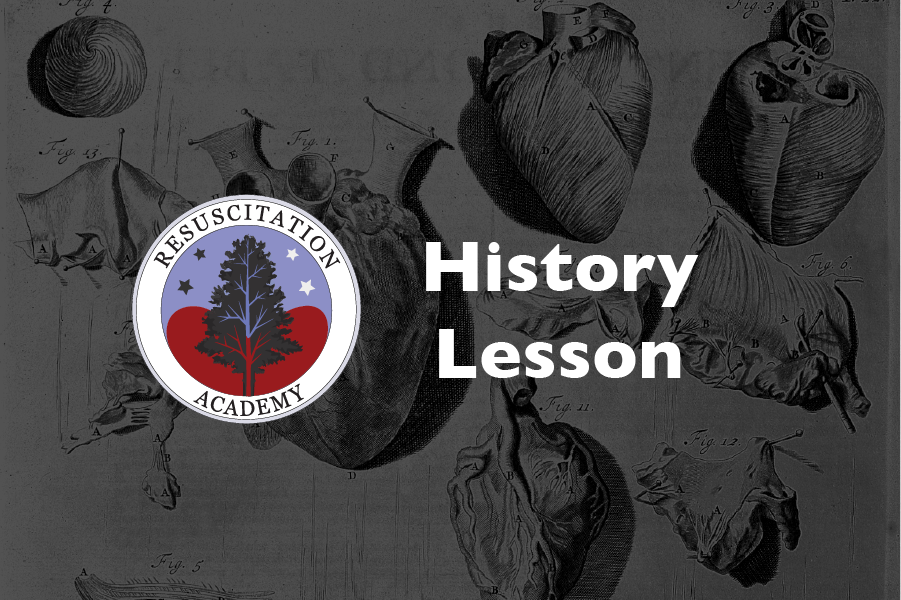Congratulations EMS on your 50th birthday!
The first EMS program designed to treat cardiac arrest began 50 years ago in Belfast, Northern Ireland. In the first year, the program reported a 50% survival from witnessed VF, and spawned the onset of paramedic programs in the United States.
Happy Anniversary to all of the EMS professionals who are called upon daily to deal with critical medical emergencies! 2017 marks the 50th anniversary of the first advanced EMS program. The innovators, Drs. Frank Pantridge and John Geddes, began the program in Belfast Northern Ireland at the Royal Victoria Hospital and utilized an ambulance equipped with a cardiac monitor, defibrillator and medications and staffed with an ambulance driver, a nurse, a physician and a medical student. The term emergency medical services did not exist at the time – the ambulance was called a mobile intensive care unit – and the emergency line was the phone number of the coronary care unit. The program was primarily designed to reach myocardial infarction patients and in the first 15 months of operation they treated 10 patients in ventricular fibrillation and 5 were resuscitated and discharged – a 50% survival rate. Not bad! In 1967, Pantridge and Geddes published their findings in The Lancet (a renowned, international medical journal)
The concept of advanced emergency care delivered at the scene, quickly crossed the Atlantic, and within two years, similar physician staffed programs started in New York City and Charlottesville, Virginia. The physician staffing model did not last long. Instead, newly-minted paramedics began staffing programs, working under remote medical control in Miami, Seattle, Columbus, Ohio, Los Angeles and Portland, Oregon. The rest is history as they say. Today, in the United States, modern emergency medical services are staffed with about 250,000 EMTs and paramedics and another 100,000 emergency telecommunicators.
How are we doing?
The most critical medical condition treated by EMS is cardiac arrest. How have we fared in the 50 years since the first MICU rolled out of the Royal Victoria Hospital? I’d say the answer is both good news and bad news. A few communities have worked steadily to achieve ventricular fibrillation survival rates of over 50%, but most communities have VF survival less than 30% and many large cities have rates in the single digits. It is no exaggeration to say that there is a 15-fold difference in survival from VF among US communities. Regrettably, for cardiac arrest patients, where you live determines if you live.
What can be done?
The first step is awareness of the situation. Do you know the VF survival in your community? If not, why not? Every EMS system should be accountable to the community it serves and communicate how it is doing and what it plans to do better. The next step is to learn which programs can increase survival and how to implement these programs. Sound simple? Hardly. It takes a lot of hard work and yet the path forward is visible. We know how to increase survival – we need the determination and leadership to make it happen.
Let us all hope the next 50 years will see every EMS system achieve at least 50% survival. If the first program did it, so can we.
Want to learn more? I invite you to explore resuscitationacademy.org!
The Resuscitation Academy











There are opportunities to significantly increase survival from out of hospital cardiac arrest. Implementation of existing standards and training programs for telephone CPR and high-performance CPR will do much to improve survival.